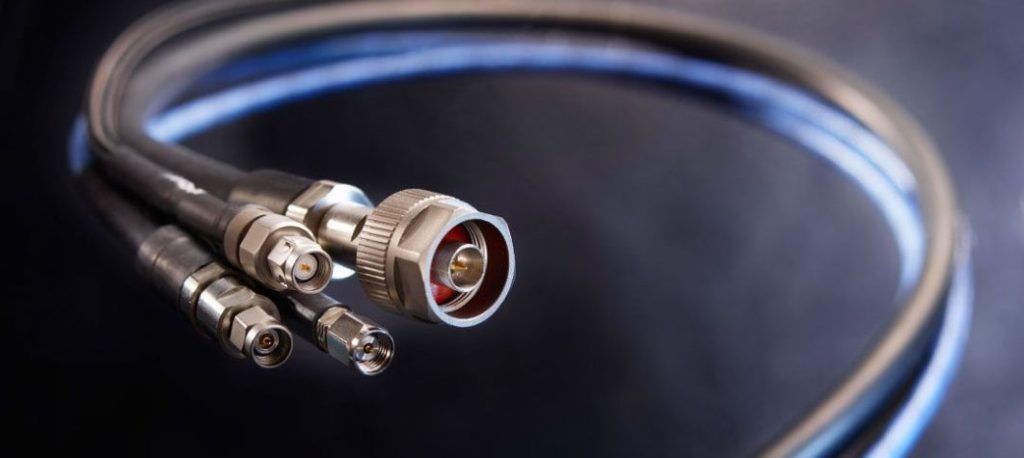RFID Antenna Cables
It facilitates communication between the RFID reader and the RFID antenna. Without a cable, the reader cannot power the tags and transmit signals over the antenna. Choosing an RFID cable may seem an easier task than selecting other components; however, the cables can vary greatly in three different ways – connector types, length and thickness/insulation degree – so it is important to consider all three before purchasing.
When determining the correct connectors for both ends of the cable, first look at the connectors on the RFID reader and antenna. For example, if an RFID reader has an RP-TNC Female connector, one side of the cable must have an RP-TNC Male connector, and vice versa.
Cable length and thickness (also known as insulation degree) will vary depending on your specific solution. The length of the cable is usually determined by how far the RFID reader and antenna are, but it is important to note that the longer the cable, the more power will be lost during the pass.
One way to combat this force is to lose it to use a higher degree of insulation. The longer the cable length, the better the cable must be insulated to maximize efficiency and reduce the amount of power lost along the cable length. It should be noted that as the degree of insulation increases, the cable will be thicker and harder; this makes it difficult to bend and work when turning corners or passing pipes.

Other Equipment & Accessories
Several system additions and accessories are available on the market to enhance the functionality of an RFID system or for ease of use. For example, RFID printers, RFID portals, GPIO adapters, antenna mounting brackets, and RF power mappers will complement or strengthen your system.